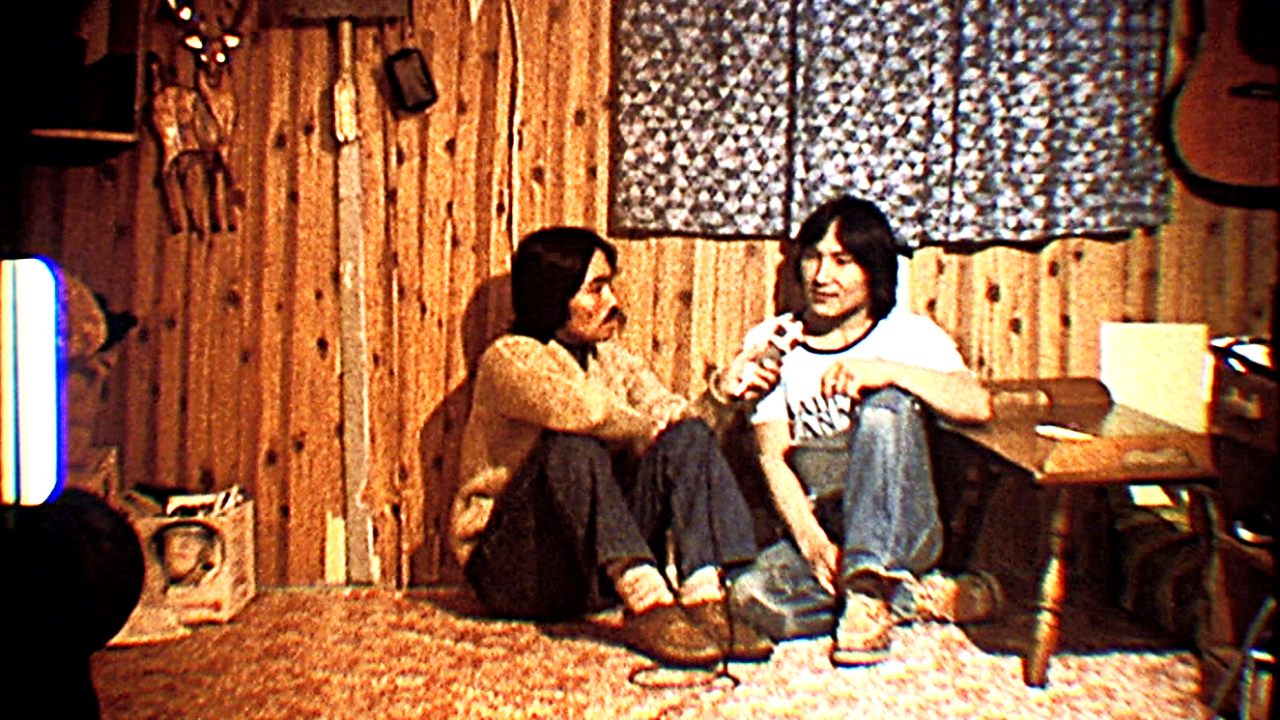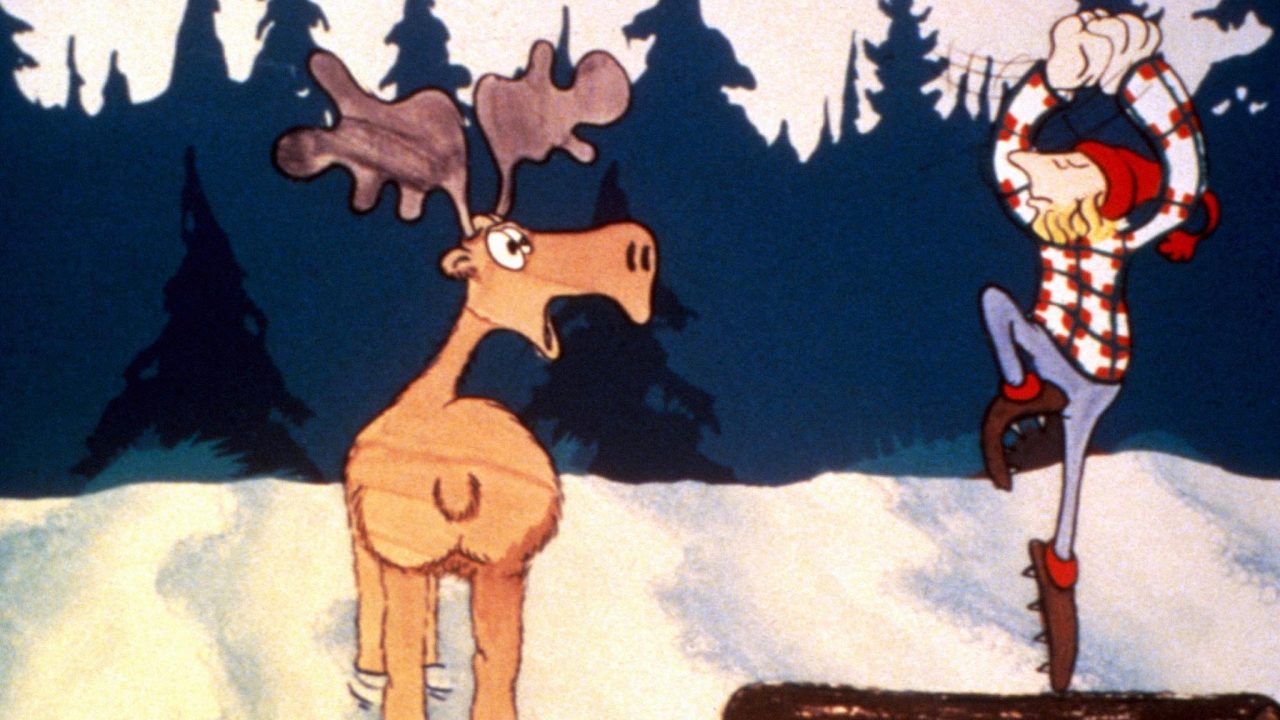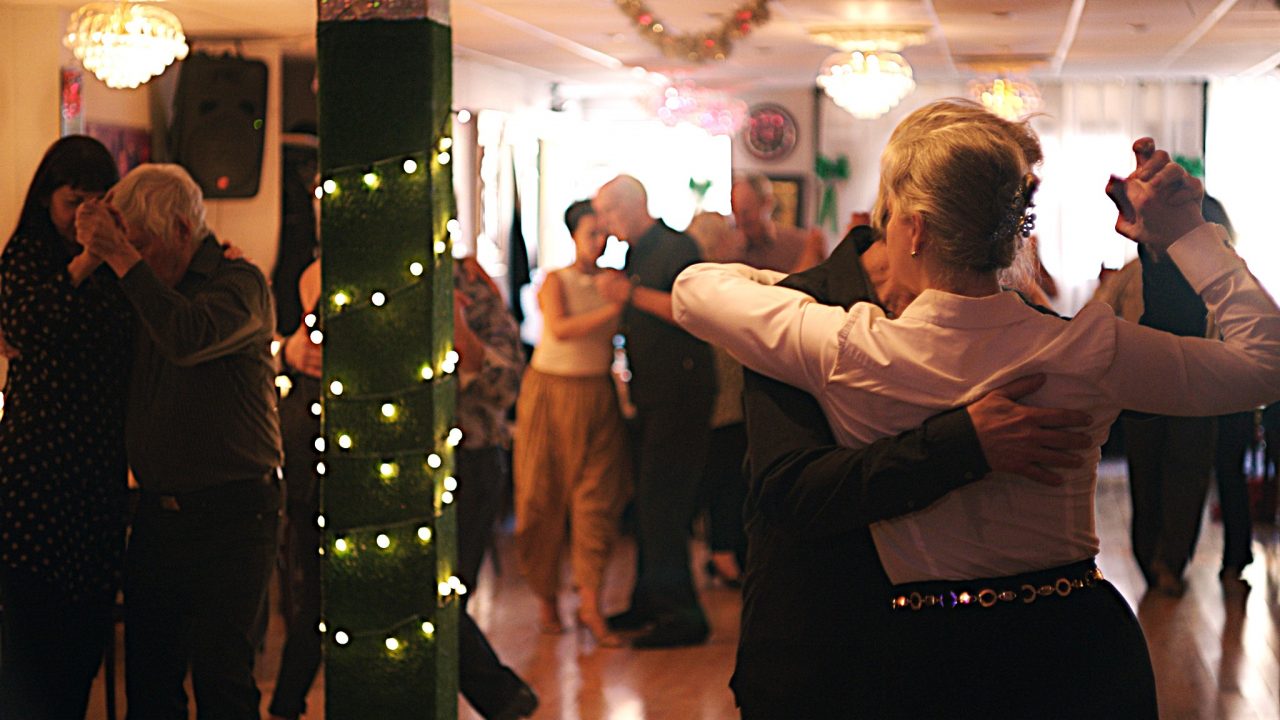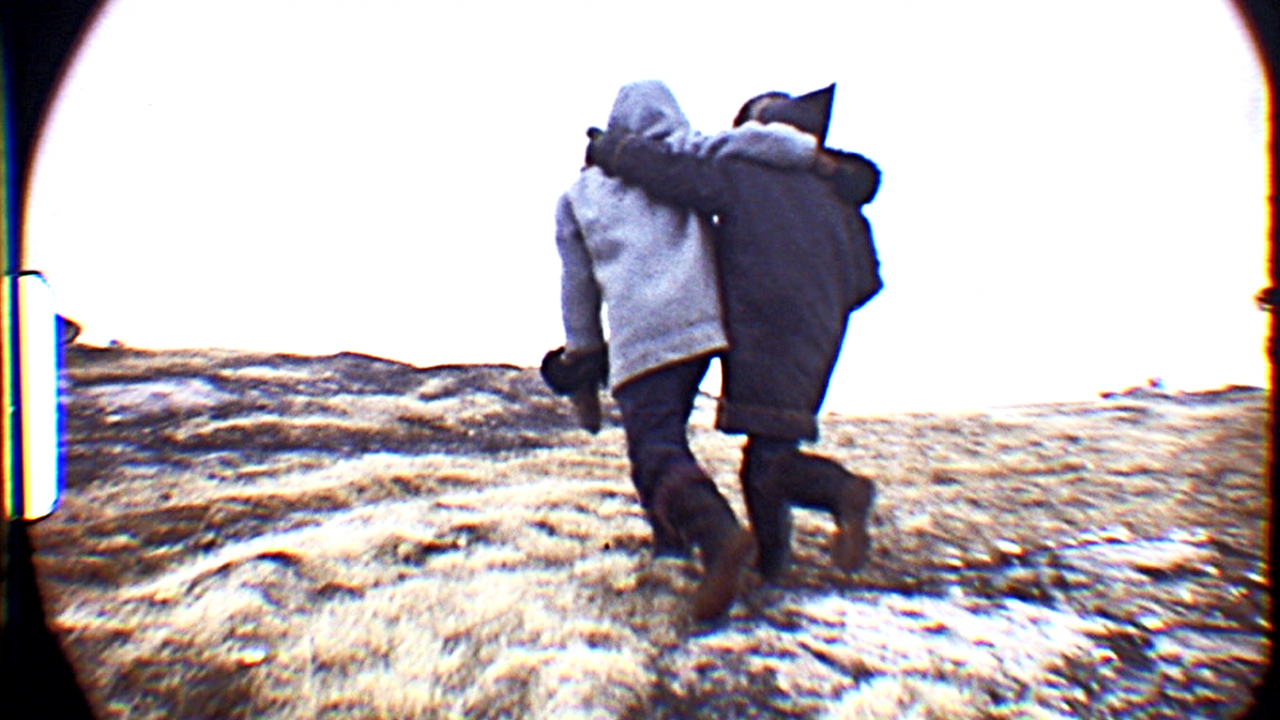
The Forgotten Reels of Nunavut’s Animation Workshop (Beginnings)
The Forgotten Reels of Nunavut’s Animation Workshop (Beginnings)
Let’s explore one of the most captivating and intricate chapters of Indigenous filmmaking at the NFB: the 58 films made by 13 Inuit filmmakers at a 1972 workshop in Kinngait (then known as Cape Dorset), on Baffin Island in Nunavut. These films have been retrieved, restored, digitized and made available for free on NFB.ca to celebrate National Indigenous Heritage Month.
Pictures Out of My Life, , provided by the National Film Board of Canada
To begin, have a look at a short documentary directed by Bozenna [Zina] Heczko and produced by Wolf Koenig, Pictures Out of My Life: The Drawings and Recollections of Pitseolak (1973), also digitized and made available to the public this month. Koenig has stated that this portrait of iconic Inuit self-taught artist Pitseolak Ashoona was the film that “started it all,”[i] referring to the genesis of the idea for the groundbreaking workshop in Nunavut. Pitseolak was one of Kinngait’s most important graphic artists; she was elected a member of the Royal Academy of Art in 1974 and received the Order of Canada in 1977.
The First Nunavut Animation Workshop: October 1972
The story of the workshop indeed begins with Heczko, Dorothy Eber and Koenig travelling north to film live-action segments for Pictures Out of My Life, which featured never-before-seen images of Pitseolak at age 67 while she painted in her home in Nunavut. During a stopover in Frobisher Bay, they caught a broadcast of CBC’s Northern Package on a television at the airport. This four-hour program, produced in the South and aired days later in the North, featured hockey games, sitcoms, crime dramas and public affairs content.
Koenig was struck by the disconnect. Outside his window, the stark Arctic landscape; on the screen in front of him, a world that had nothing to do with it: “I wondered what was happening to the [sic] Inuit perceptions of ‘reality,’ when they watch such programming that features only Southern culture and issues: why couldn’t the [sic] Inuit themselves get access to television and produce their own programs in their own language about subjects important to themselves?”[ii]
For the NFB’s animation projects, Koenig sought to produce the work of local filmmakers, and Cape Dorset’s artists, who had years of experience in printmaking, were already creating exceptional graphic work. With the help of an interpreter, the NFB crew met young people interested in learning animation. Back in Frobisher Bay—and later in Montreal—Koenig secured funding from the Northwest Territories government and the Department of Indian and Northern Affairs, as it was then known, as well as from the NFB.
In autumn 1972, the Cape Dorset Film Animation Workshop was launched: a six-week program that provided equipment and technical training to dozens of Inuit artists and musicians, laying the foundation for what became Nunavut’s own animation studio: the Sikusilarmiut Animation Studio.
Animation from Cape Dorset, , provided by the National Film Board of Canada
One year after the Cape Dorset Film Animation Workshop, John Taylor, NFB supervisor and producer of the workshop, compiled a selection of workshop films made by this newly formed animation studio under the title Animation from Cape Dorset (1973). The compilation quickly gained international attention, as it was included in Canada’s official program at the Cannes Film Festival and went on to win an award in 1974 at Animafest Zagreb—one of the world’s leading animation festivals—for its “amazing discoveries of new possibilities in animation.” It was also screened at many other national and international festivals, and, most notably, was broadcast on CBC, reaching audiences across Nunavut.[iii]
The Forgotten Reels: Arctic Workshop Reels 1, 2 and 3
That changed when I recently uncovered three uncut, undigitized and previously unpublished reels containing dozens of films created by publicly uncredited Inuit filmmakers, musicians and artists from Baffin Island. Compared to Animation from Cape Dorset—the widely circulated 18-minute compilation featured just 17 films by six filmmakers—these newly found reels offer a much broader view. Labelled Arctic Workshop Reel 1, Arctic Workshop Reel 2 and Arctic Workshop Reel 3, they contain over 50 minutes of film and include 42 original animated works created by 12 local filmmakers.
Arctic Workshop Reel 1, , provided by the National Film Board of Canada
Among the films in these reels, the work of Salomonie Pootoogook, Timmun Alariaq and Mathew Joanasie stands out. While Pootoogook and Alariaq each contributed eight pieces, Joanasie was the most prolific, with 12 pieces. Another figure that stands out is Ishohagitok E. Tugat, who participated only in the second part of the Cape Dorset workshop, creating eight pieces, the most made by one filmmaker in the second part of the workshop.
If we view this body of work as the first New Wave of Nunavut filmmakers—a movement defined by its departure from conventional storytelling (and to the film production that had been premiered up to then in Nunavut) in favour of experimentation and innovation by local artists at a local film studio—then Joanasie’s films, with their abstract, satirical and experimental style, could be seen as a northern counterpart to Stan Brakhage’s work in US avant-garde cinema. Meanwhile, Alariaq’s innovative animation, foundational to the development of Nunavut’s cinematic language, evokes the spirit of French New Wave filmmaker Chris Marker.
Arctic Workshop Reel 2, , provided by the National Film Board of Canada
NOTE This is the first part of my blog post on the Cape Dorset Film Animation Workshop. Click on this link if you’d like to read the second part, “The Forgotten Reels of Nunavut’s Animation Workshop: The Legacy.”
These recently uncovered reels offer a rare opportunity to reframe the narrative of animation in Nunavut. Not only do they nearly triple the known body of early Inuit animation, but they also introduce audiences to previously unrecognized filmmakers. Most importantly, these unedited reels preserve the raw, collaborative spirit that defined the Sikusilarmiut Animation Studio in the 1970s. The footage they contain is evidence of a cultural process that demands to be acknowledged as part of the cornerstone of Nunavut’s avant-garde cinema. While Taylor’s curated anthology has been preserved, these reels call for a renewed, collective effort to restore, subtitle and premiere the individual works of each filmmaker captured on these long-forgotten nitrate prints.
NOTE: If you’d like to know more about Frobisher Bay Super 8 Workshop. Click on this link, “The Forgotten Reels of Nunavut’s Super 8 Workshop: An Inuit School of Cinema“
Header Image: Sikusilarmiut (1975) by Peter Raymont
—
[i] NFB archives – Arctic Film Program – Wolf Koening Speech Report/Transcript
[ii] NFB archives – Animation at Cape Dorset film file – Arctic Workshop Public Speech/Report
[iii] NFB archives – Animation at Cape Dorset film file – Press
[iv] https://www.thecanadianencyclopedia.ca/en/article/peter-pitseolak
[v] https://www.aci-iac.ca/art-books/photography-in-canada-1839-1989/key-photographers/peter-pitseolak/



